the canvas cafe bespoke plates
CASE STUDY
CASE STUDY
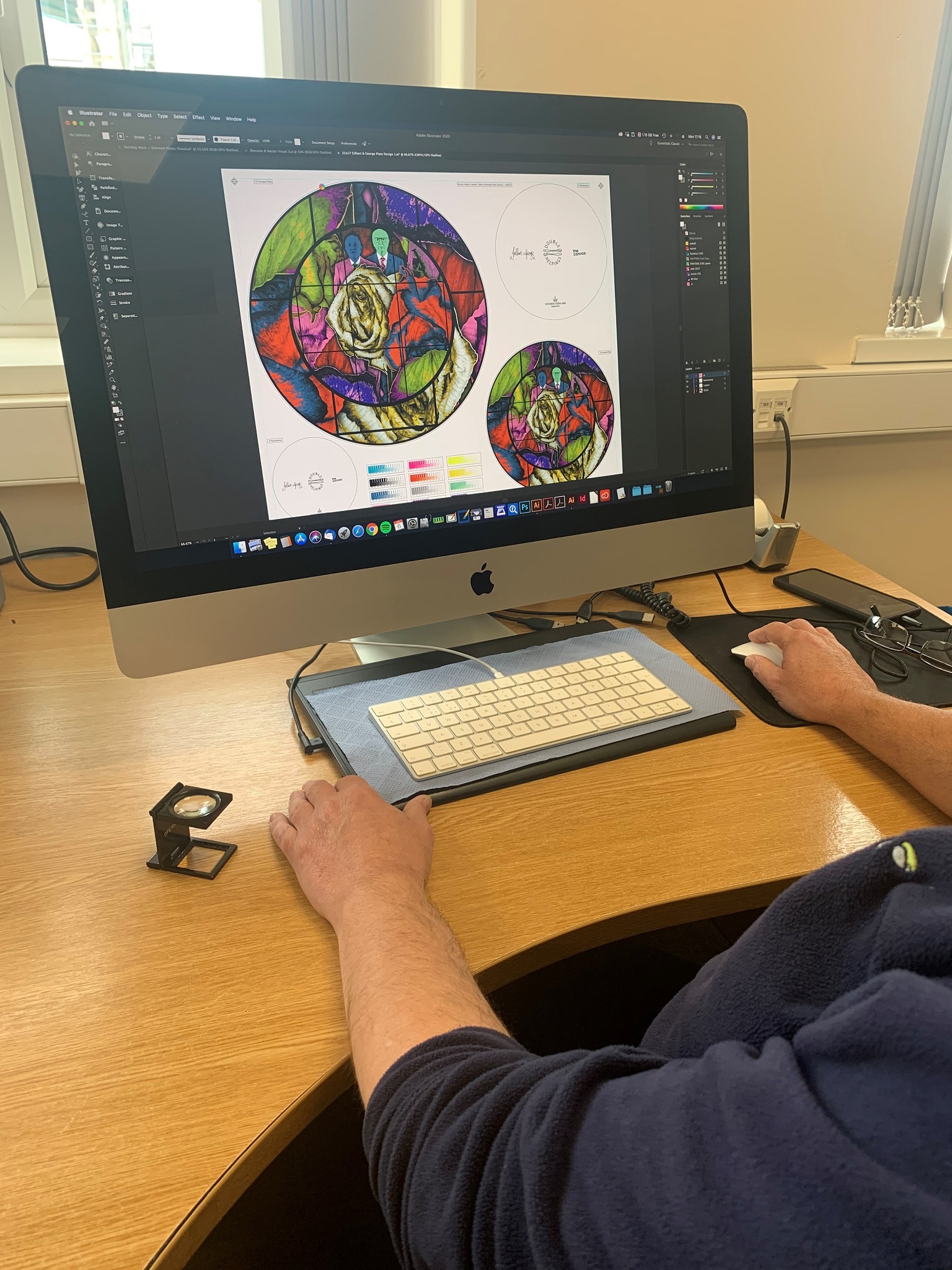
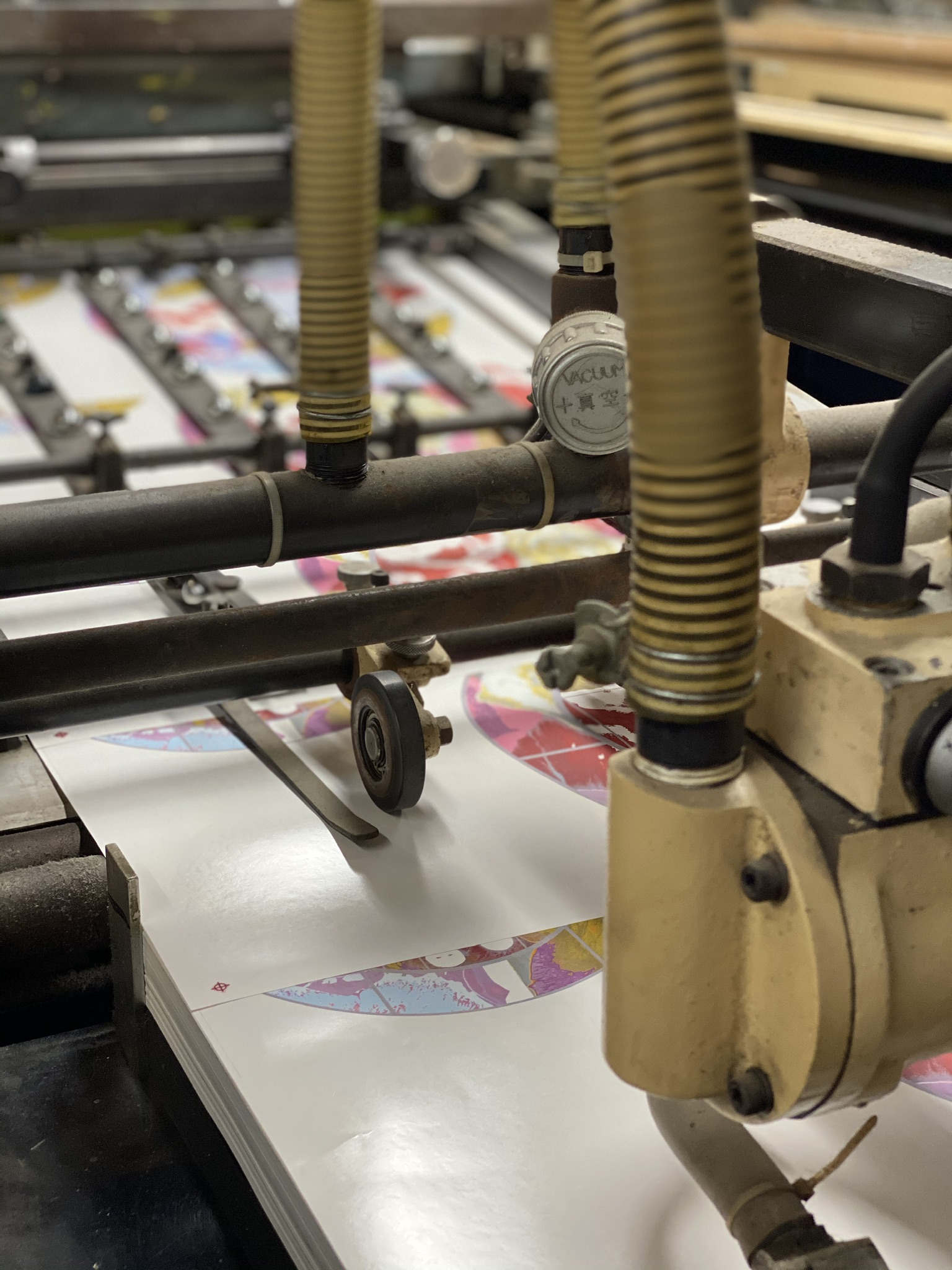
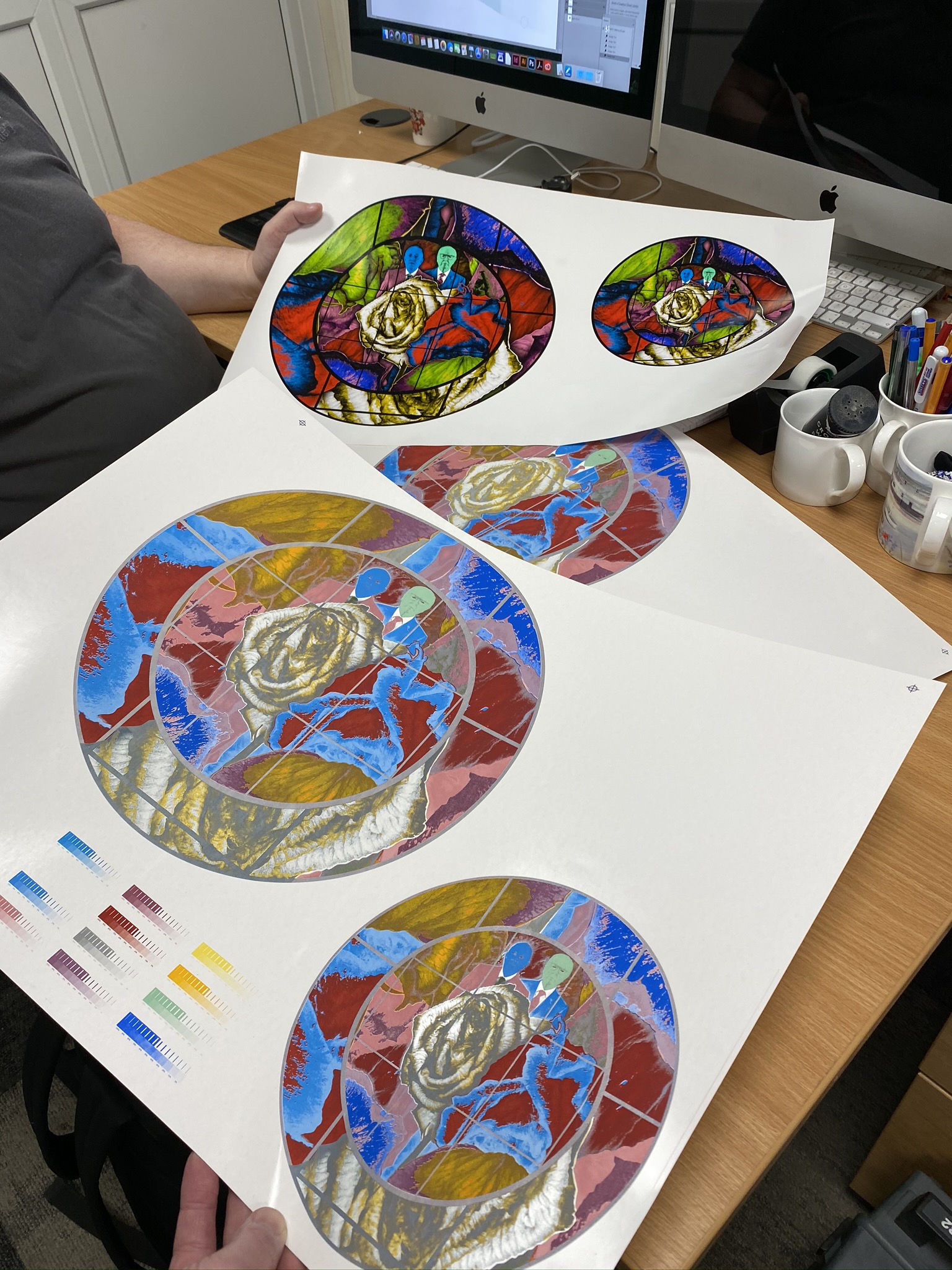
Once the colours were agreed our design studio set about separating the colours into specific layers, with each layer then transferred via an imagesetter onto an individual filmwork ready to be exposed to screens.
The filmwork is exposed to a screen using a high UV light exposure unit, this leaves the image impression onto the screen when washed out with water.
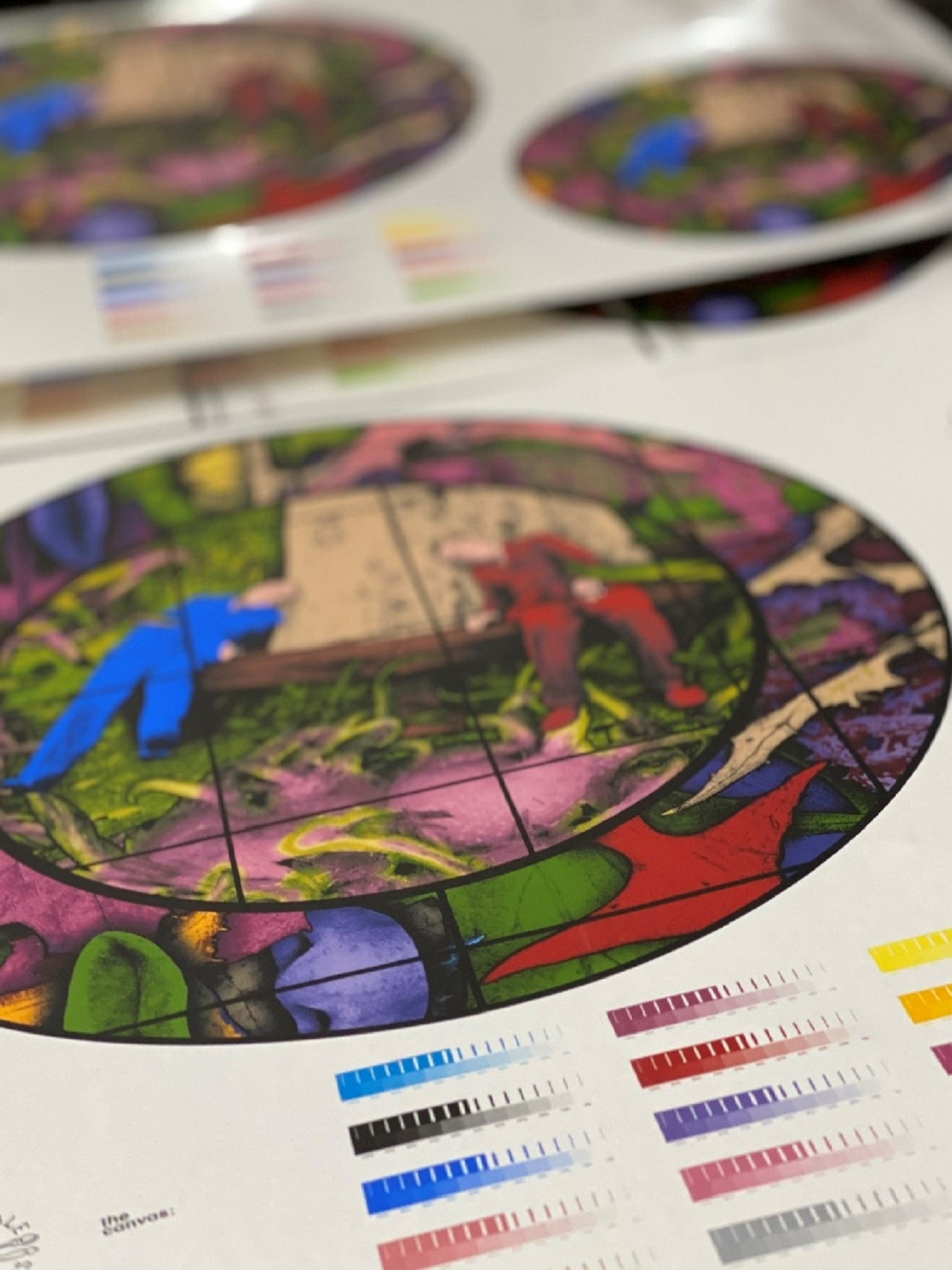
Each of the 17 colours used in the project are individually silk screen printed through our fully automatic cyclinder machine, each colour has to dry before the next layer can be printed. Once all the colours are precisely printed, an organic material called covercoat is overprinted in a liquid form, which acts as a protective carrier ready for decorating.
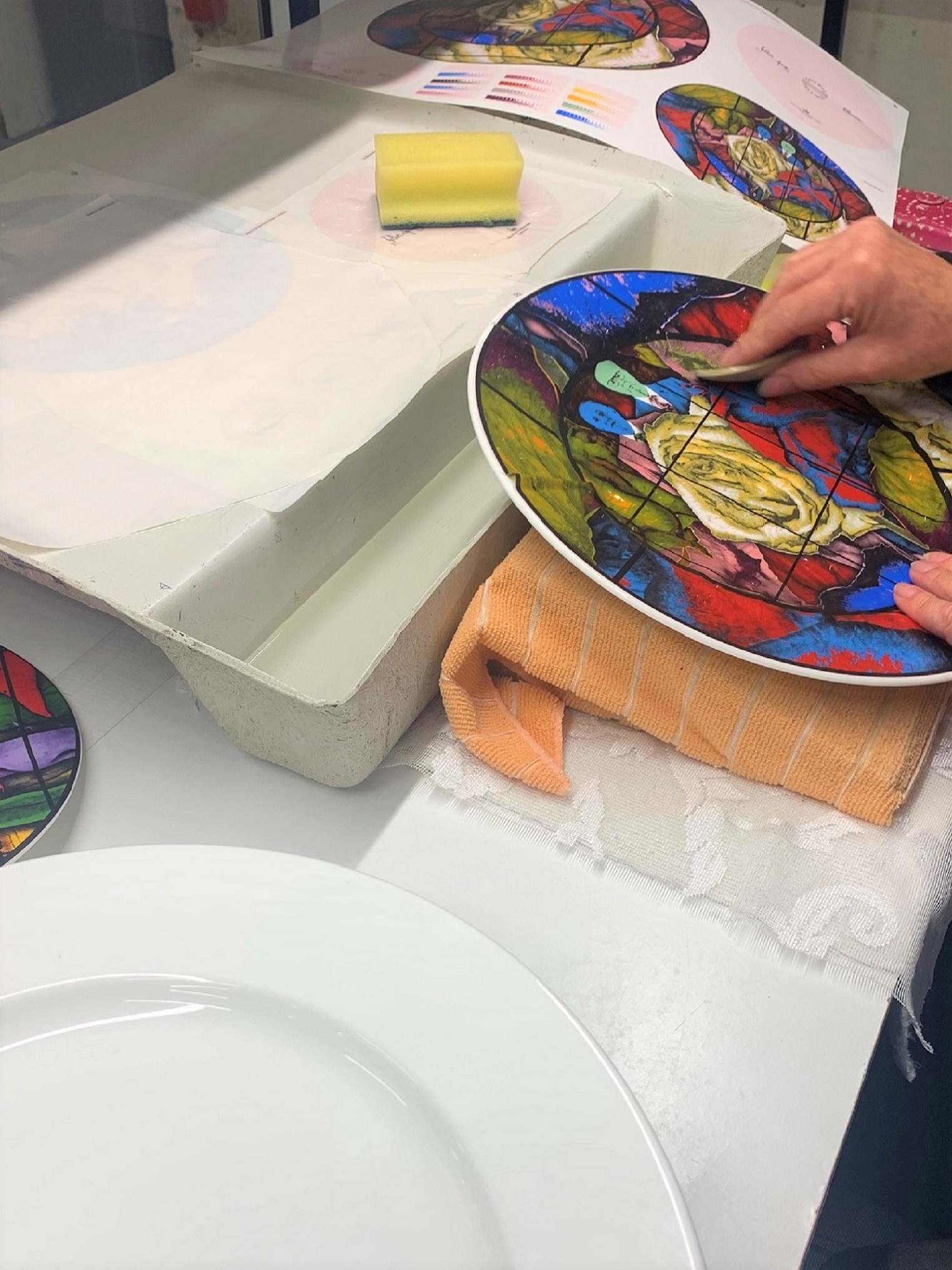
Once the covercoat has been printed and dried, the decal is submerged into water, which releases the decal from the backing paper. With skill and precision our lithographers apply the decal to the plate using a squeegee and a lint-free cloth to remove any water and air between the decal and the plate. This is done by rubbing and working the decal down onto the plate.
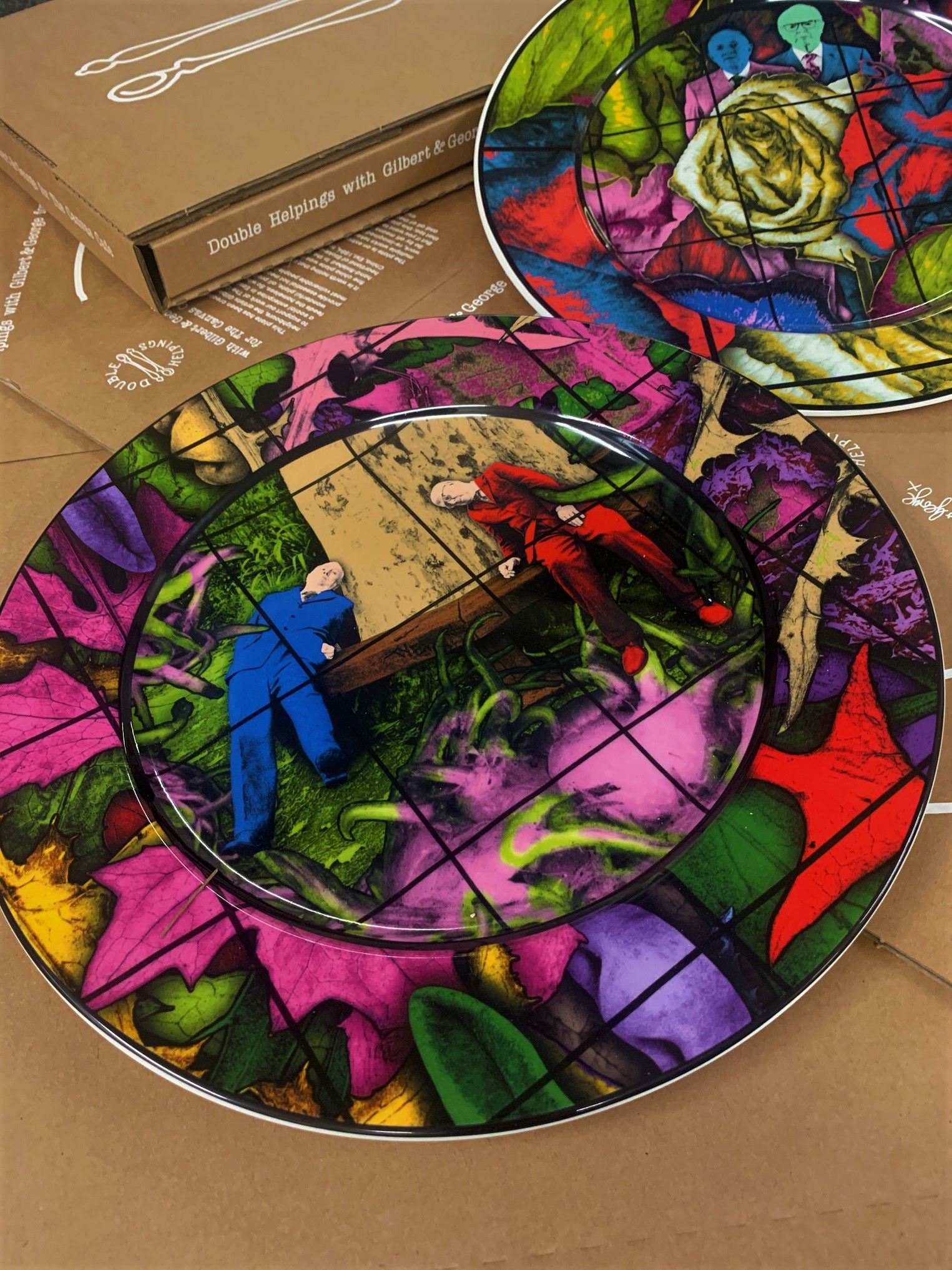
Once the decals have been applied to the plates, the next process stage is the firing of the decal onto the plate. 850 degrees of heat work in a kiln over several hours fuses the printing colour into the glaze of the plate, making the decal permament and scratch resistant. The fired plates are selected and packed into their presentation boxes.
View Other Case Studies: The John Shaw Club | Grosvenor House Hotel |
Have a Project in Mind Send us an Enquiry
This website uses cookies to ensure you get the best experience on our website.